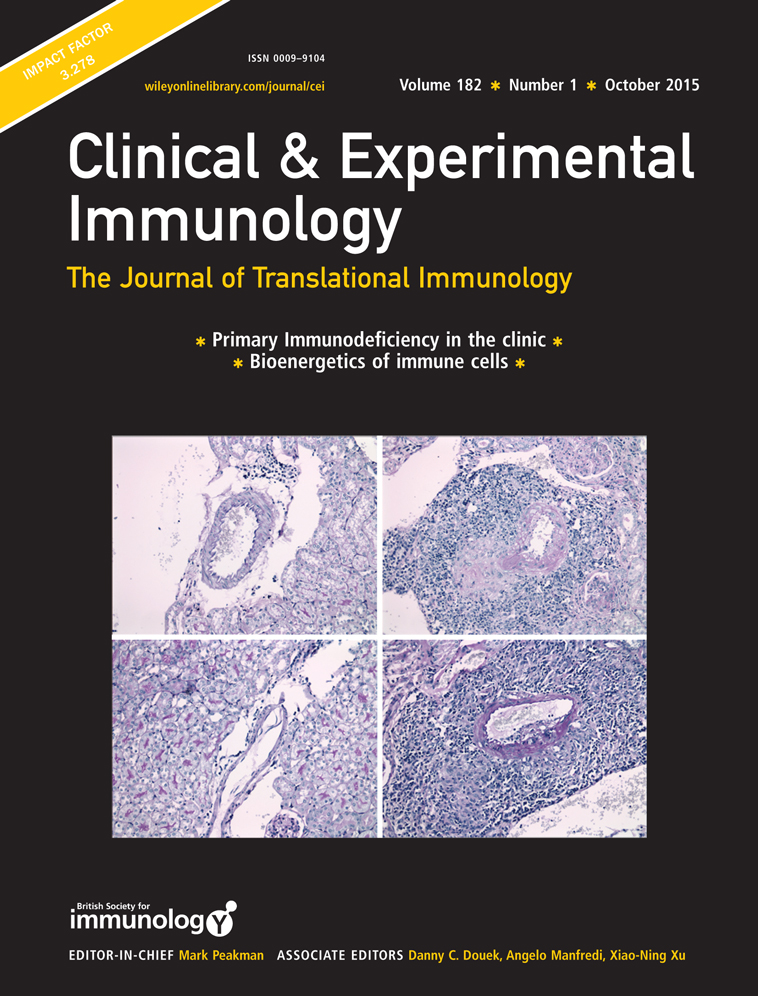Study of microRNAs (miRNAs) that are predicted to target the autoantigens Ro/SSA and La/SSB in primary Sjögren's Syndrome
Summary
The elevated tissue expression of Ro/SSA and La/SSB autoantigens appears to be crucial for the generation and perpetuation of autoimmune humoral responses against these autoantigens in Sjögren's syndrome (SS). The mechanisms that govern their expression are not known. miRNAs, the post-transcriptional regulators of gene expression, might be implicated. We have identified previously the miRNAs let7b, miR16, miR181a, miR200b-3p, miR200b-5p, miR223 and miR483-5p that are predicted to target Ro/SSA [Ro52/tripartite motif-containing protein 21 (TRIM21), Ro60/TROVE domain family, member 2 (TROVE2)] and La/SSB mRNAs. To study possible associations with autoantigen mRNA expression and disease features, their expression was investigated in minor salivary gland (MSG) tissues, peripheral blood mononuclear cells (PBMC) and long-term cultured non-neoplastic salivary gland epithelial cells (SGEC) from 29 SS patients (20 of 29 positive for autoantibodies to Ro/SSA and La/SSB) and 24 sicca-complaining controls. The levels of miR16 were up-regulated in MSGs, miR200b-3p in SGECs and miR223 and miR483-5p in PBMCs of SS patients compared to sicca-complaining controls. The MSG levels of let7b, miR16, miR181a, miR223 and miR483-5p were correlated positively with Ro52/TRIM21-mRNA. miR181a and miR200b-3p were correlated negatively with Ro52/TRIM21 and Ro60/TROVE2 mRNAs in SGECs, respectively, whereas let7b, miR200b-5p and miR223 associated with La/SSB-mRNA. In PBMCs, let7b, miR16, miR181a and miR483-5p were correlated with Ro52/TRIM21, whereas let7b, miR16 and miR181a were also associated with La/SSB-mRNA expression. Significantly lower miR200b-5p levels were expressed in SS patients with mucosa-associated lymphoid tissue (MALT) lymphoma compared to those without. Our findings indicate that miR16, miR200b-3p, miR223 and miR483-5p are deregulated in SS, but the exact role of this deregulation in disease pathogenesis and autoantigen expression needs to be elucidated.




